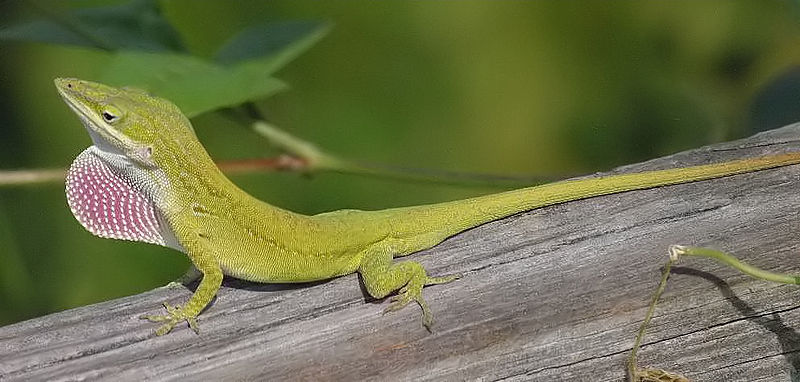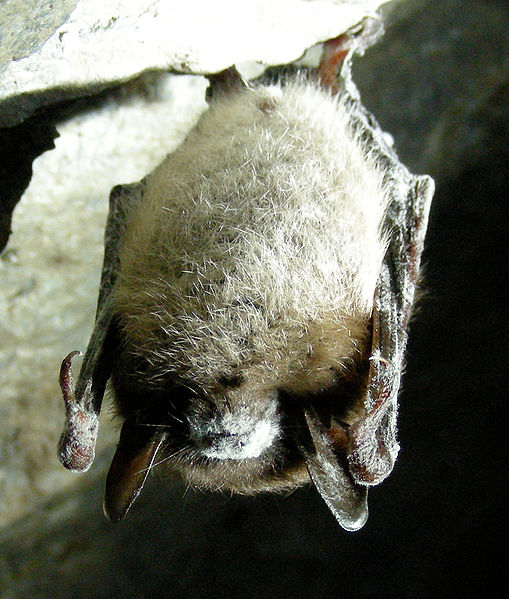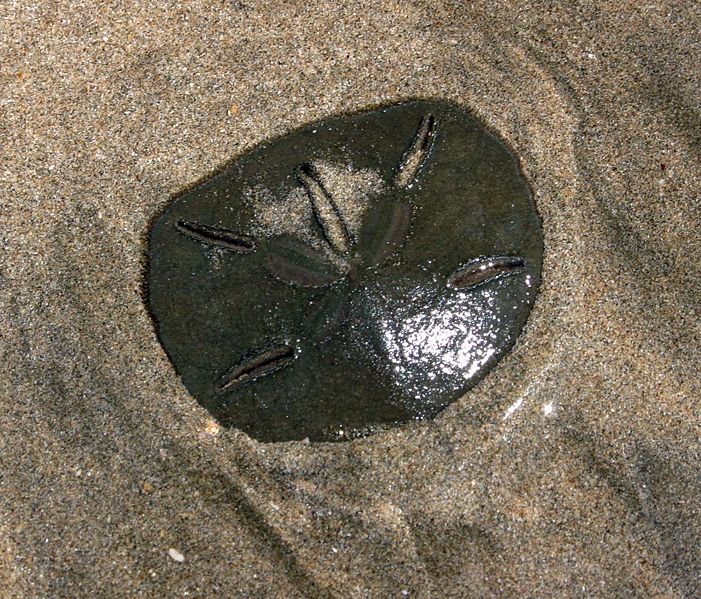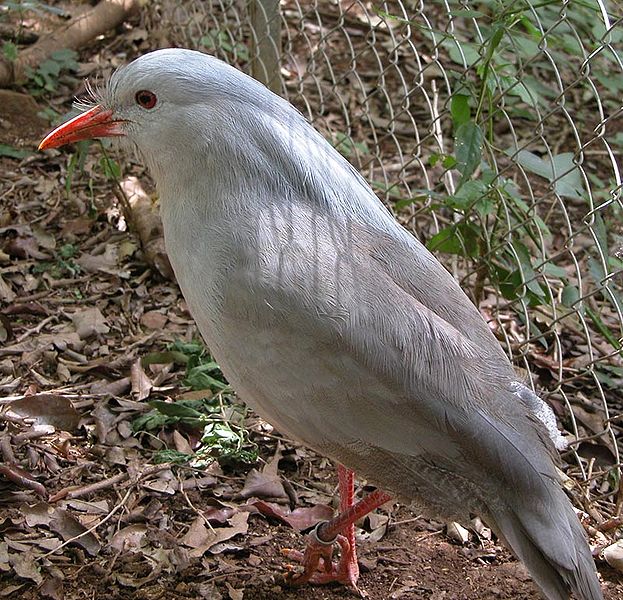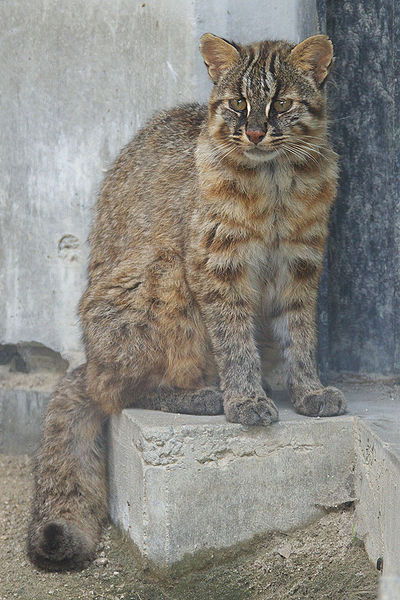
Somehow this week seems to be all about wild animals that can be domesticated as pets. I swear, that I did not try to do this when the week started, however, it is an interesting theme. Today we are looking at the Leopard Cat which is a small cat that can be found in South and East Asia. Typically this wild cat is a little bit larger than your big, fat, regular old house cat. I bet they aren’t bigger than Garfield but most cats don’t eat lasagne on a regular basis so I guess this doesn’t count.
Obviously, the Leopard Cat gets their name from their amazing coat which looks strikingly similar to that of a Leopard. This particular cat as a wide range throughout Asia and tends to occupy a variety of habitats. These sneaky little felines can be found in tropical jungles, woodlands, scrublands and even semi-arid deserts, provided they are close to water. So pick the habitat type you want to see the most and you will probably have the opportunity to view one of these interesting cats.
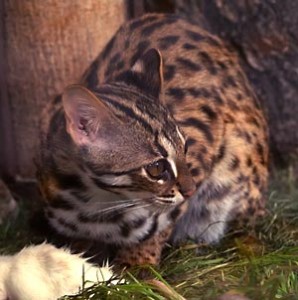
Like other cat species the Leopard Cat is a carnivore as they feast on rodents, frogs, birds, lizards and even insects. Again, similar to other cats, this particular cat tends to be a solitary animal. Now before you go wanting one of these as a pet you need to know that they are nocturnal so you can expect them to keep you up all night. They like to spend the daylight hours relaxing in a nice shady tree. The life of a Leopard Cat sounds pretty sweet and not that much different then your typical house cat.
Okay, so appartently it is possible to domesticate the Leopard Cat, however, it could be difficult. The better way to do this is to cross breed one of these amazing wild cats with a domestic cat which produces a pet known as the Bengal Cat. Actually, I think my cousin just bought one of these Bengal Cats – I should ask him about their behaviour. If you are thinking of buying one of these cats then it is recommended you get a Bengal Cat that is a least 4 generations removed from their wild Leopard Cat relatives.
I guess that just about does it for the latest edition of our Domestic Wild Fact. See all of you tomorrow!


